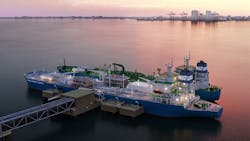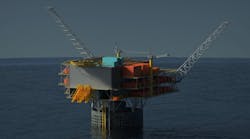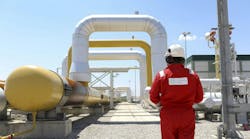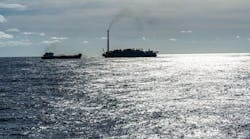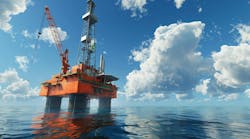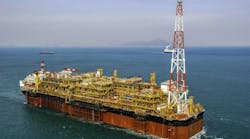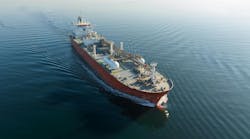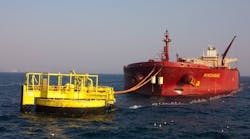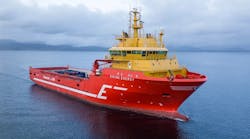Floating ammonia cracker gives impetus to hydrogen production in Europe
Wärtsilä Gas Solutions and Höegh Evi have completed development of what they claim is the first floating ammonia-to-hydrogen cracker.
The technology is designed to allow floating import terminals to produce hydrogen from transported ammonia. The ammonia cracker’s modular design is said to enable integration into both hybrid floating storage and regasification units (FSRUs) and dedicated floating hydrogen terminals.
In addition, the technology is scalable with an annual send-out capacity of up to 210,000 metric tons of hydrogen; ammonia storage capacities can range from 10,000 to 120,000 cu m.
To date, the project has attracted about EUR5.9 million ($6.71 million) in funding from the Norwegian government’s green platform program.
The ammonia cracker was assembled at Sustainable Energy’s Norwegian Catapult Center in Stord, Norway. Other partners in the project are the Institute for Energy Technology (IFE), University of South-East Norway, Sustainable Energy, and BASF SE.
Under the EU’s REPower strategy, there are plans for Europe to import 10 MMmt/year of renewable hydrogen by 2030. As a hydrogen grid emerges, floating infrastructure with ammonia cracking technology could open the way toward large-scale imports, supplying emission-intensive industries with a stable baseload energy source and balance within the energy system, the partners said.
Although hydrogen shows promise as a commercial and sustainable fuel, and can be produced for a relatively low investment cost in countries with plentiful access to renewable power, it is also difficult to store and transport. This is because of its low volumetric energy density with potentially large vaporisation losses.
Ammonia, however, can be stored in liquid form at moderate pressures and temperatures, and it is transported by ships over long distances. Upon reaching the receiving destination, the ammonia cracker will convert the ammonia back to hydrogen for distribution into the local energy grid.
